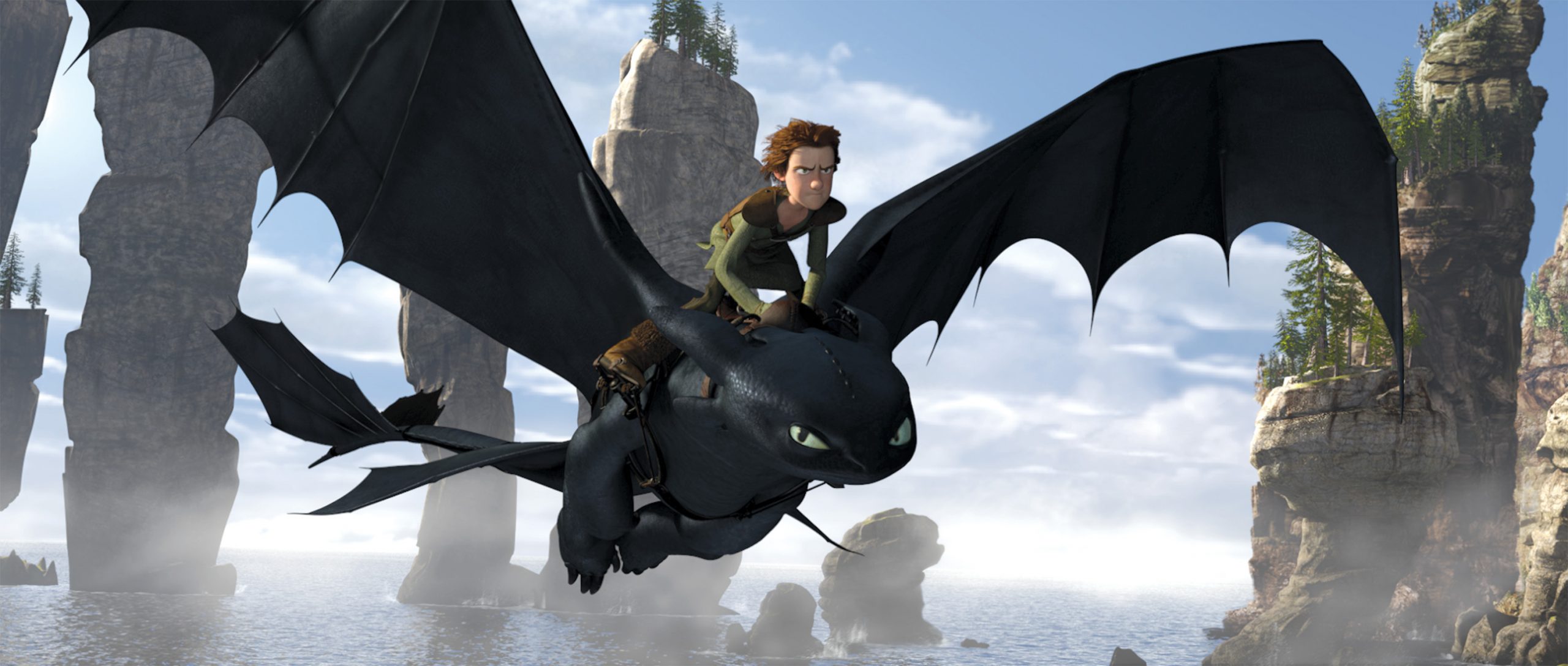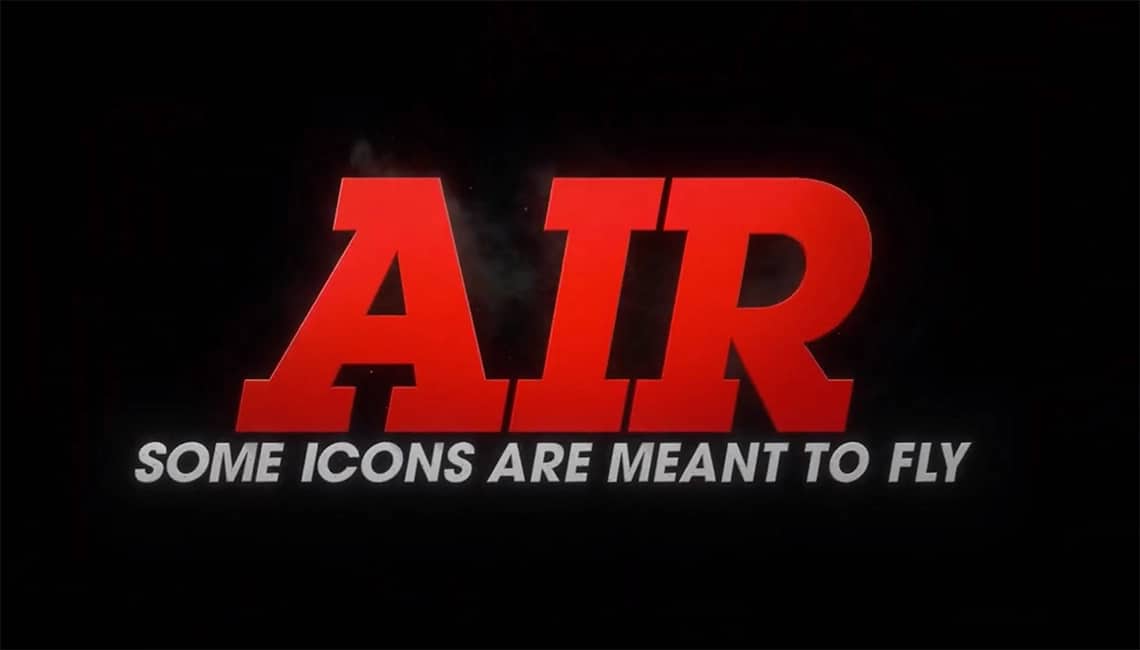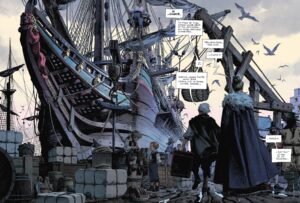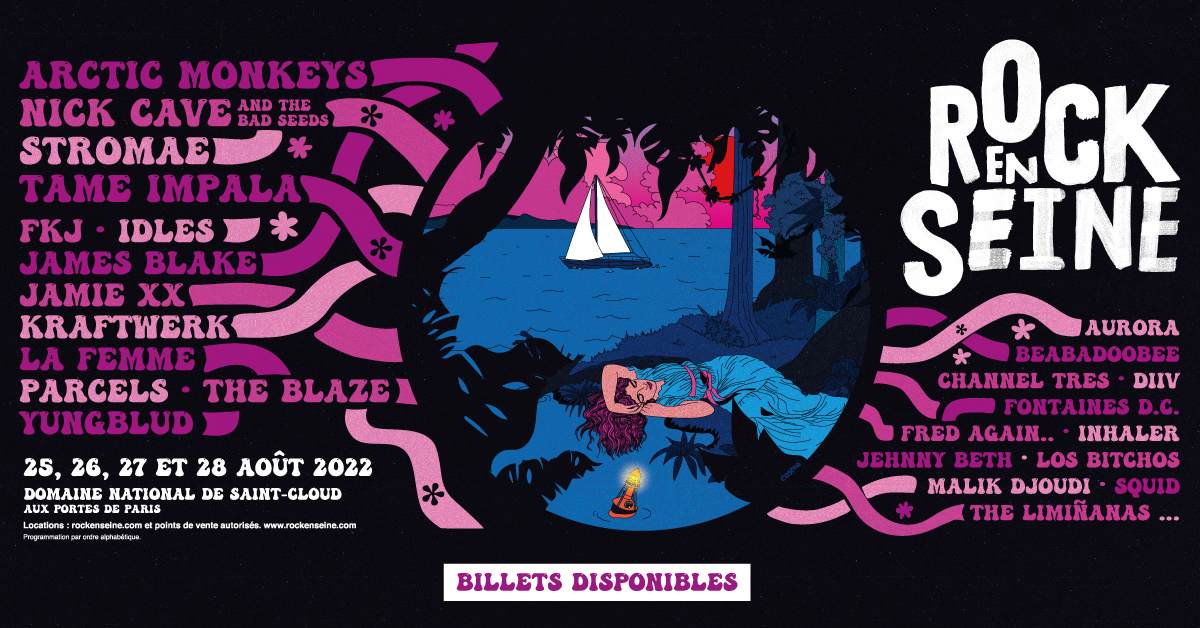Screenwriter who has had many successes such as Undertaker or The Castle of the Animals, Xavier Dorison takes off today with 1629, or the frightening story of the castaways of Jakarta. However, we are far from La Croisière s'amuse…
1629, An adventure… inspired by a true story
In 1629, the Jakarta was a merchant ship en route to Asia. However, its cargo is far from the usual manufactured products. The returnsheppen's bunkers are secretly filled with gold and diamonds destined to bribe the Emperor of Sumatra. However, everything is known and sailors see their thirst for gold growing every day. Indeed, they are not professionals who have chosen a career but unfortunate people hastily gathered before departure who were ready to do anything to escape hunger or ruin. Among them is Jeronimus Cornelius. Second in command of the ship, he is the first to want to make a fortune. This apothecary who had experienced a reversal of fortune is considered a heretic by the Inquisition. With nothing to lose, he wants to organize a mutiny to recover the treasure of Jakarta. For this he has his authority over the ship, his intelligence and his lack of scruples. He doesn't care if he gets the blood on deck if he can get the gold back.
A few introductory pages set the mood. A woman behind Lucretia Hans tells readers that she will tell them a terrible story and the image shows a mass grave at the bottom of a cave. She is the narrator of 1629 and it is through her that the reader enters the maritime world. A beautiful woman belonging to Dutch high society, she should never have been on Jakarta. She knows nothing about navigation and the strict hierarchy on a ship. However, although she has just buried her last son, her husband forces her to join him in Indonesia. This matrimonial bond did not prevent her from getting closer to the captain and being desired by Jeronimus Cornelius. This opposition between a man and a woman is found on the superb cover.
If these previous lines may remind you of many pirate movies, 1629 starts from a historical fact. Some sources are listed at the end of the volume.The Jakarta is actually the Batavia, the most beautiful ship of the Dutch East India Company that ran aground in Australia. Because of the high mortality on board, the crews of the Company gathered the finest barefoot of Holland. If you think 1629 is violent, know that the historical reality was much worse.
The magnificent edition of 1629 is in tune with this historical account. Divided into a chapter with each engraving each time, the volume incorporates a bookmark and takes the appearance of a manuscript with a black cover enhanced with gilding. The first page reproduces Dutch engravings of the time and adds the map of Jakarta. Glénat reproduced old maps with the course of the Batavia.
… with companions in misfortune and artists at the top
Through these different characters, 1629 plunges into the depths of the darkness of the human soul. Captain Pelsaert is looking for a takeover because his previous mission for the Company failed. Arian Jakob, skipper of the ship, is a violent alcoholic… Indeed, we are in the presence of a violent maritime adventure and not a university treaty on the power of the United Provinces in Asia.
While Jakarta sails on the oceans, 1629 becomes a stifling closed door. The screenwriter Xavier Dorison sees this crossing as the opposition between the desire for individual freedom and collective constraint. The sailors live on top of each other and hatreds arise from this promiscuity especially since the sailors did not want to go to sea. Some accept these constraints, others refuse but sometimes to impose them on others. Lucretia Hans is also subject to her husband and the many constraints imposed on women. She does not even realize the freedom she could have by her wealth, intelligence and beauty.
Taking place in 1629, this adventure is nevertheless very contemporary. Indeed, this period is also that of the birth of capitalism that crushes the weakest. Jeronimus Cornelius is the embodiment of this greed without morals. He has always wanted to get out of his status and is taking advantage of an opportunity to exercise absolute power.
For 1629, Xavier Dorison finds his accomplice of the Third Testament, the draftsman Thimothée Montaigne. At the beginning of the project, he had a very vague vision of Dutch power in theseventeenth century but his first readings fascinated him. For the images of Jakarta, he relied on the Batavia that can be visited in Holland. He was also influenced by the pages of Long John Silver by Matthieu Lauffray. We find this realistic style in the line of this comic but with raw and violent features. With colorist Clara Tessier, making his first comic, the cartoonist makes the ship a revealing of the feelings of the characters. It is bright and straight at first then more twisted and dark.
Published by Glénat, 1629 is the first volume of a diptych on a little-known and bloody chapter of maritime history. The screenwriter Xavier Dorison starts from historical facts to build a suffocating closed door. The tension rises from boarding to the final flashover. By the talent of the cartoonist, the reading is so breathless that the final cliffhanger becomes a bitter frustration
Find on the site other historical comics certainly but much more distant from the manuscripts with Vampyria Inquisition and Hurlevent.









































